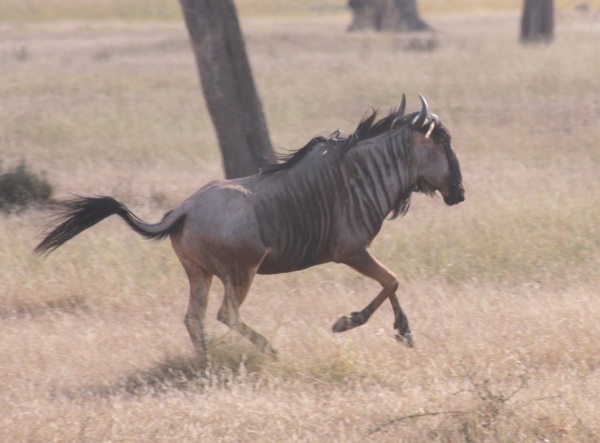Facts About Wildebeest
The wildebeest, also known as the gnu, is a captivating antelope species that belongs to the genus Connochaetes within the Bovidae family. Two primary species of wildebeest are indigenous to Africa: the black wildebeest and the blue wildebeest. Approximately a million years ago, these species diverged, each adapting to its unique environment.
The blue wildebeest, renowned for its annual migrations in East Africa, is the most populous big-game species in the region. They are often seen grazing alongside zebras, forming a breathtaking spectacle for tourists. However, their need for pasture sometimes puts them in conflict with local farmers, as they compete with domestic livestock. In contrast, the black wildebeest is more sedentary and less famous for large-scale migrations.
Despite the hurdles they face, both species are currently classified as "Least Concern" by the International Union for Conservation of Nature (IUCN), indicating that their populations are stable for the time being.
Wildebeest are easily identifiable by their distinctive horns and striking coloration. Their migratory behavior is not only an extraordinary sight but also vital for their survival. Nevertheless, they face numerous threats such as habitat loss, migration barriers (like fences and roads), illegal hunting, and natural predators, including lions and hyenas. Conservation efforts are underway to safeguard these magnificent animals, especially in regions where their numbers are declining rapidly.
Beyond their immediate survival, wildebeest play a critical role in the ecosystem. Their droppings fertilize the soil, promoting plant growth and maintaining a healthy environment. They also provide food and leather for humans. Culturally, wildebeest have left an imprint in various forms of art, stamps, and media. Intriguingly, the GNU Project, a significant initiative in the software domain, has adopted the wildebeest as its mascot.

 Zimbabwe
Zimbabwe